‘Kind of scary’: The real reason so many restaurants are closing
The predictions are devastating: one in 13 Australian hospitality businesses could close in the next 12 months. So what’s gone wrong, and what can be done to help?
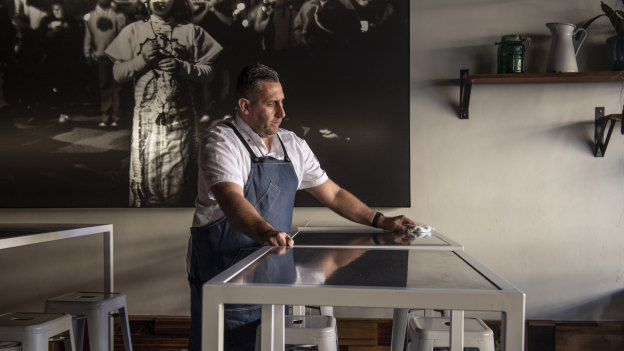
Australian restaurateurs are facing a winter of extreme discontent as rising costs and reduced spending by diners makes it increasingly difficult to survive.
So dire is the situation that one in 13 Australian hospitality businesses is predicted to fail in the next 12 months, according to financial services company CreditorWatch.
With just over 36,000 restaurants in Australia, according to international research agency IBISWorld, the projection would mean nearly 5000 could shut between now and June 2025.
“We’ve never seen it this hard,” says Billy Wong from Sydney’s Golden Century Group, reflecting on 35 years of trade.
“There are compounding pressures, one on top of another, and it makes the traditional form of hospitality venue more and more difficult. Businesses either have to adjust or unfortunately close, as we’ve seen with a number of places recently.”
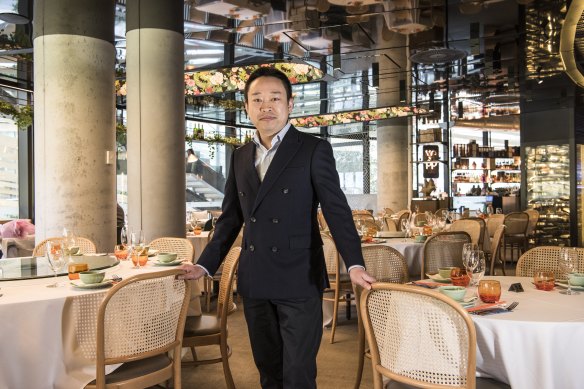
Wong owns two restaurants in Sydney’s Chinatown and has another at The Star in Pyrmont. “Costs have increased a lot: ingredients, rent, wages, everything that goes into running a restaurant, and the prices people are paying at venues haven’t kept up,” he says.
“In addition to that, cost-of-living pressures mean spending has decreased. All this happening at the same time means this period is the most difficult time we’ve experienced as an industry.”
The situation is no better in Melbourne. “It’s the worst we’ve ever seen,” says Jesse Gerner, owner of Spanish restaurant Bomba in the CBD.
“There are always ups and downs, but this is different. I saw the financial crisis in 2008. We saw quick, severe changes then. This one feels more drawn out and kind of scary.”
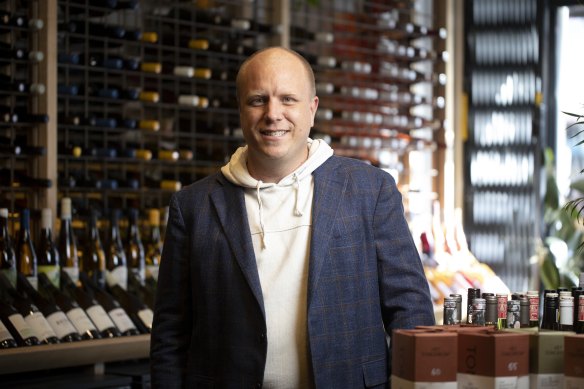
He treads a fine line between costs, prices and custom. “When you’re quiet, charging more goes against everything you’ve ever learnt,” he says. “But it’s so tricky. Costs keep going up, our insurance is through the roof. You can’t keep whacking up prices, but I’ve seen businesses get into trouble when they operate on the smell of an oily rag for too long.”
Patrick Coghlan, who heads CreditorWatch, agrees that hiking menu prices can be fraught. “Hospitality can’t pass prices on in the same way that most other industries can,” he says. “There is only so much you’ll pay for a coffee or sandwich or bowl of pasta.”
In a Business Risk Index report this week, he said that the food and beverage industry topped the rankings for external administrations and tax office debts over $100,000, and was ranked third for arrears (invoice payments more than 60 days late).
CreditorWatch predicts one in 13 Australian hospitality businesses faces failure in the next 12 months.
“Even in boom times, hospitality is one of the highest risk industries, with high labour costs, rent, a lot that goes against them,” Coghlan says. “The reduction in consumer spending and an increase in costs above inflation has put a huge amount of pressure on the sector.”
This new pressure comes on top of a roller-coaster four years. The pandemic caused unprecedented upheaval for food businesses as they pivoted to takeaway, but many of the financial impacts were mitigated by government assistance as well as tax payment extensions and rent concessions. As lockdowns eased, cashed-up diners engaged in “revenge spending” to create a rebound period of bounty.
“We had a bumper season out of COVID-19,” says Jesse Gerner. “We owed our landlord $100,000 in rent and back pay, but it was roaring and we were all right.”
But as interest rates climbed, government agencies and other creditors became less lenient, looking to claw back their own ballooning debts. At the same time, the market became flooded with new openings that were delayed by COVID-19, diluting the pool of potential customers for existing businesses.
The crunch has truly come. In the past three months, Sydney closure announcements have included Raja, Izakaya Tempura Kuon, Botswana Butchery, Tetsuya’s, Tequila Daisy, Redbird Chinese, Lucky Kwong, Khanaa and Cornersmith.
Melbourne also lost its Botswana Butchery, as well as Rosetta, Gingerboy and Izakaya Den; La Luna, Gauge Bistro and Que Club called time, too.
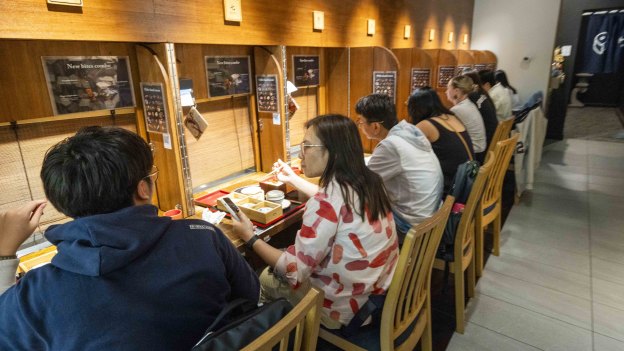
Not far from Bomba, Charlie Chen owns quirky hotpot restaurant WeLive2.0, which specialises in soup meals for solo diners.
“Last year was hard, but this year is even harder,” says Chen. Higher wage and produce costs are big concerns but a sharp drop in customers’ average spend is the most worrying trend.
“In 2021, [the average spend] was $80 to $90. Now it’s $40 to $45,” he says. Chen has lowered prices and trimmed portion sizes. “Even so, most Google reviews complain about the price,” he says.
Chen is assessing his business month to month. “Last month, I lost $1000,” he says. “In February, I was happy: I got $500 in my pocket.”
WeLive2.0 serves wagyu, a premium beef. “I try to educate my guests that wagyu is different but not all of them understand fine food and expensive ingredients,” he says.
‘Last month, I lost $1000. In February, I was happy: I got $500 in my pocket.’Charlie Chen, WeLive2.0
NAB’s Consumer Sentiment Survey for the first quarter of 2024 backs up the anecdata, reporting that more Australians are reducing overall spending, and eating out is the most common area of cutbacks: 57 per cent of consumers spent less on dining (compared with 54 per cent in the previous quarter), with an average monthly saving of $122 (versus $115 in the last quarter of 2023).
Cuts were most common in the 30 to 49 age group, with 63 per cent reducing dining spend because of cost-of-living pressures. Higher-income diners were more likely to trim their eating-out budget (59 per cent) than those on lower incomes (56 per cent), suggesting that restaurants at every level are feeling the pinch.
Cutting costs is the only way through, especially on wages, which can balloon to about 50 per cent of revenue when dining rooms are quiet. “I’ve always run a lean ship, but we have still found savings. You have to,” says Attila Yilmaz, owner of Pazar Food Collective in the western Sydney suburb of Canterbury.
“My electricity is up $1500 a quarter. My public liability insurance has gone up $1500 to $16,500. Tomatoes are $100 a box; we were sitting at around $45. Olive oil: forget about it. Pre-COVID, it was $45 or $50 for four litres. Now it’s $80 to $85.”
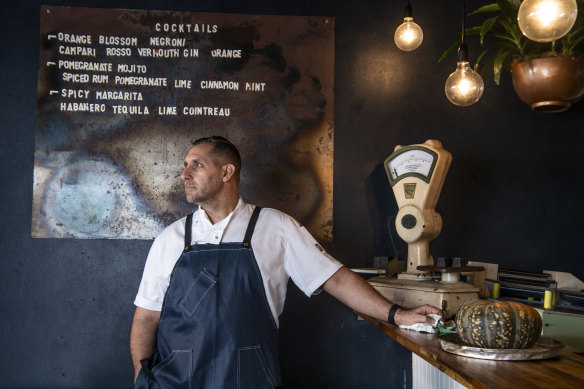
To cope, he’s working as head chef, restaurant manager, reservations manager and maintenance guy, as well as taking on social media, marketing and graphic design. “I’m desperately trying to keep prices in that middle market and be seen as a good-value restaurant,” he says.
Restaurant costs on the up
- Tomatoes: were $45 a box ⬆ now $100 a box
- Olive oil: was $45-50 for 4L ⬆ now $80-85 for 4L
- Electricity: ⬆ $1500 a quarter
- Public liability insurance: ⬆ $1500 annually
Figures: Attila Yilmaz, Pazar Food Collective
Custom is unpredictable. “A normal Saturday night pre-COVID would be 250 to 300 people,” he says. “We are grateful if we get 100 at the moment.” Last Saturday night was a standout with 150 diners. “It was fantastic, but Friday was only 60,” says Yilmaz. “You can’t pick it. Bookings going back years were predictable. Since COVID, it’s a mess.”
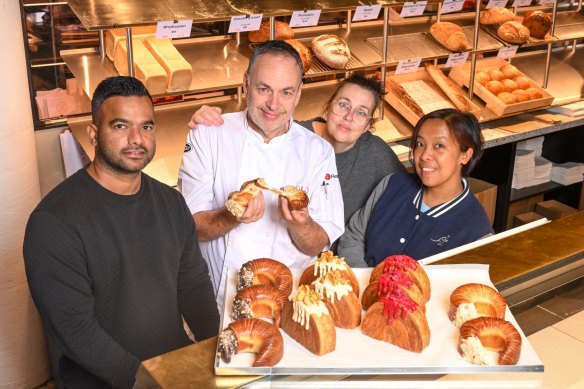
Business owners are sympathetic to the plight of their customers. Vinnie Kodladi and his family own cult bakery Drom and cafe The Hatter and the Hare in Melbourne’s outer eastern Bayswater.
“I can understand it,” he says, lamenting a 20 per cent drop in customers and revenue, and this in an industry that IBISWorld reports has a profit margin of 4.3 per cent.
“We have a loan on a factory. My interest has gone up from $7000 to $12,000 a month. It’s the same as a household. They used to have $100 extra in their pocket. Without thinking about it, they could spend it where they want. Now that’s their loan money to the bank. Do they want to lose their house or go out for breakfast?”
Commiserating doesn’t pay the bills, though. “People thought COVID was the toughest but in some ways it was easier because no one was chasing their money,” says Kodladi.
“Now, the government is chasing, suppliers are chasing. It’s a stressful juggling act. Who do you pay, and how do you survive? If I didn’t have any debts, I would walk away, but I have invested so much. We are family. Everything − heart, soul − is on the line.”
‘This period is the most difficult time we’ve experienced as an industry.’Billy Wong, Golden Century Group
CreditorWatch’s Patrick Coghlan doesn’t believe the trajectory will alter until interest rates come down.
“It will be interesting to watch the stage 3 tax cuts [on July 1] to see if that moves the needle, but the big one will be an interest rate cut,” he says.
“It will affect confidence. People will be able to budget for a lower mortgage. It will be a defining moment to release the pressure valve.”
Read more
- Tougher than the GFC: Sydney hospo duo shut hatted Chinese, casual Mexican restaurants
- Carlton North favourite La Luna is closing after 25 years
- ‘The most challenging it has been in decades’: Two high-profile restaurant closures hit Sydney
- ‘The city’s not the same’: Melbourne hatted Japanese restaurant closes after 15 years
- ‘It’s brutal’: Beloved laneway spot joins wave of Melbourne closures